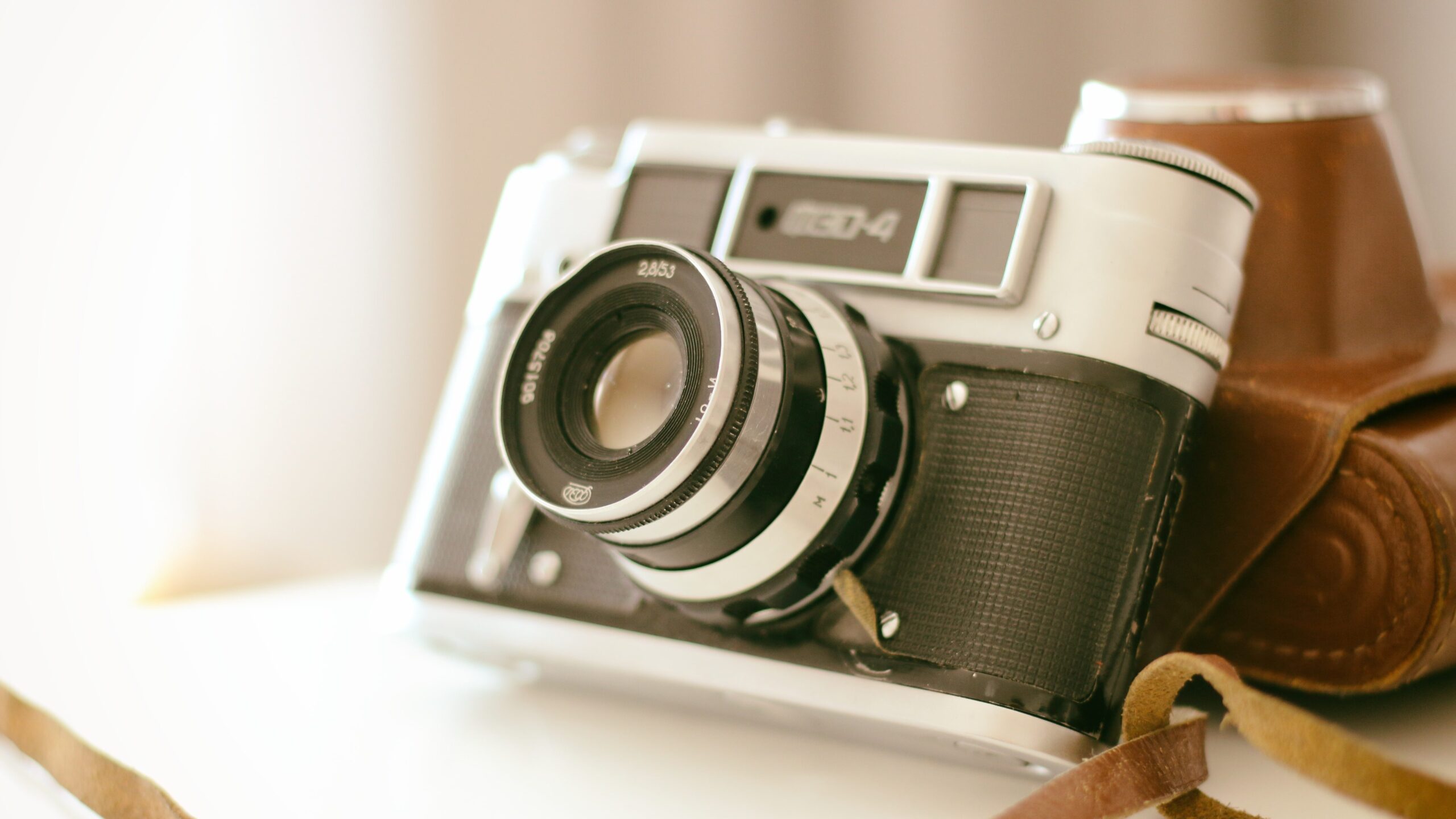by Ian C Smith

Photographers can be both artists and conservationists. When we see images of old or departed folk bathed in light in family albums – how young you look – so slim – that hair – pangs of sadness are gladdened, too, as we hustle to remain ahead of that old guy gaining with his scythe. I collect people, places, ways-of-life scenes, before they vanish. When Eugene Atget set out to preserve Paris at the fin de siecle he could not have imagined the 10,000 negatives of his dark room future during a modest living gleaned for what was a labour of love. He employed no new techniques, attracted no circle of admirers.
Cannonballs littering a road of the Crimean War, Roger Fenton’s Valley of the Shadow of Death, riveted me when I was young. This juxtaposition of photography and cannon warfare seemed wondrous, the old world of history meeting modern times. I sniffed lingering cordite. When I frame a character, or use place as central focus, attending to texture, absence, silence, I want to smell the resulting picture. Mindful of Eugene’s elegies – cobbled corners, vendors’ carts, their disrepair, pedlars, higgledy-piggledy streets, prostitutes awash in dawn’s light – I can recall those incitements to reverie, the smell, sound, and feel of my own long ago haunts. The rate of human change races giddily while I record what shall rapidly become the ways we were.
In Whitby’s off-season I bought a postcard set, Frank Sutcliffe’s, from the same time as Eugene’s work: fishermen, harbourmaster, wives wearing Victorian hats and shawls. His pictorial chronicles act as starting pistols for latent emotions, the ache shared by ordinary people pointing phones, not just the pros, our need to keep things once loved alive. For me, these took precedence over Bram Stoker’s creation of Dracula, a big attraction there for tourists in summer. Alone with my camera soft-footing through the mist cloaking that gaunt abbey, site of Caedmon’s memorial overlooking the North Sea, I imagined being back when its imminent ruin was presaged, silhouetted against a turmoil of cloud, so, long before Daguerre.
My first time in NYC I found Hester Street where Dorothea Lange’s mother worked, then Grand Central to Ossining where Walker Evans started taking pictures. From there I hitch-hiked up-Hudson toting a large pack, eventually off my pilgrim’s trail, experiencing grass roots America. Roadside in Maine, stuck for a ride after sundown, I was breaking a little-known law. Cops, all guns’nbelts’nbadges, drove me to the watch-house. The one who’d served with Diggers in ’Nam, not only let me go, but found me a cheap motel. His face, and the watch-house’s aged stone cells, went into a collage I made of good-hearted Americans I shot, including the kindly giant who asked if I hitched all the way from Australia, people from different walks of life who stopped, sometimes hauling me home for the night. My rich memory of this time was of shared laughter’s glorious warmth.
I love pictures suggesting life’s poignant dramas like poems that stay with us, or short stories that grip our hearts fiercely. To sceptics querying photography depicting hard scrabble folk as a serious art form, decrying its obese romanticism, I ask, If I were able to time-travel to interview and photograph a cockle seller at the Globe Theatre in Shakespeare’s time would not that interest you? Babel said no iron can stab the heart with as much force as a full stop put just at the right place. Well, nothing stabs my heart with such force as aimed cameras clicked in just the right light.
Category: Featured, Nonfiction